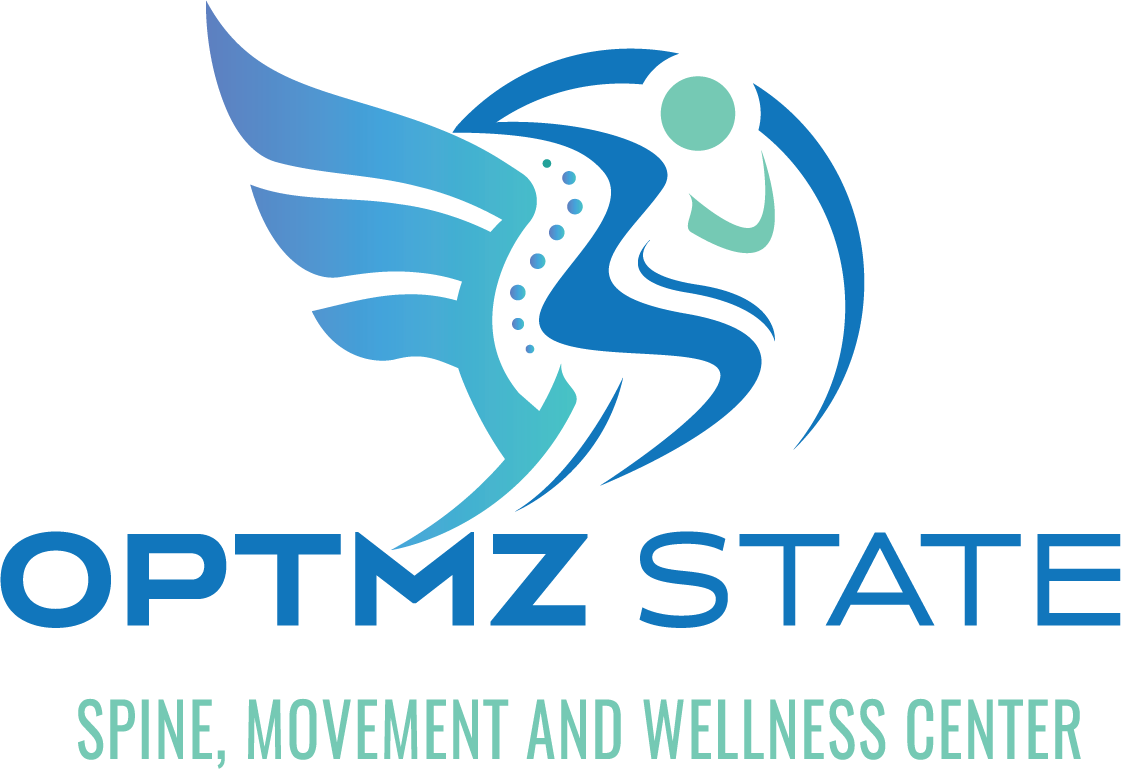If you want to enhance your spinal alignment and posture, it's crucial to take a closer look at a few key habits you might overlook. You could start by optimizing your workspace, ensuring it promotes comfort and support. Additionally, practicing mindful posture throughout the day can make a significant difference. Finally, incorporating specific exercises can help alleviate tension and improve flexibility. But these strategies are just the beginning; understanding how they interconnect might reveal even deeper insights into your overall well-being.
Strengthen Core Muscles
To boost your spinal alignment and posture, you'll want to focus on strengthening your core muscles. Your core isn't just your abs; it includes all the muscles in your torso that support your spine. When these muscles are strong, they help maintain proper alignment and reduce the risk of back pain.
Begin with planks. They're simple yet effective. Just lie face down, then lift your body off the ground, balancing on your forearms and toes. Keep your body straight and hold the position for 30 seconds to a minute. As you get stronger, try side planks to target your obliques.
Next, incorporate bridges into your routine. Lie on your back with knees bent and feet flat on the floor. Lift your hips toward the ceiling while squeezing your glutes. Hold for a few seconds before lowering back down. This exercise not only engages your core but also strengthens your lower back.
Don't forget about pelvic tilts. Lie on your back with knees bent and feet flat. Gently tilt your pelvis upward, flattening your lower back against the floor. Hold for a few seconds, then release. This movement enhances flexibility and strengthens your core.
Lastly, consider adding stability ball exercises. Sit on the ball and engage your core to maintain balance. You can also perform seated twists to further enhance your core strength.
Adjust Your Workspace
Since many people spend long hours at a desk, adjusting your workspace is essential for maintaining proper spinal alignment and posture.
Start with your chair. It should support your lower back and allow your feet to rest flat on the floor. If your feet don't reach the ground, use a footrest to keep your knees at a right angle. Adjust the height to guarantee your thighs are parallel to the floor.
Next, focus on your desk. Your monitor should be at eye level, about an arm's length away. This prevents you from straining your neck by looking up or down. If you use a laptop, consider elevating it with a stand and pairing it with an external keyboard and mouse. This setup allows your wrists to remain straight while typing.
Don't forget about your keyboard and mouse placement. They should be positioned close enough to keep your elbows at a 90-degree angle, resting comfortably by your sides. This minimizes shoulder strain and encourages better posture.
Lighting is another important factor. Make sure your workspace is well-lit to reduce eye strain. Position your monitor to avoid glare from windows or overhead lights.
Finally, remember to take regular breaks. Stand up, stretch, and walk around every hour. This not only refreshes your mind but also helps alleviate tension in your back and neck.
Practice Mindful Posture
Adjusting your workspace is just the first step toward better spinal health; practicing mindful posture throughout the day is equally important. It's easy to find yourself slouched or hunched over, especially when you're focused on tasks. Being aware of your posture can make a significant difference in how your body feels and functions.
Start by checking in with yourself regularly. Set a timer on your phone or computer to remind you to assess your posture every hour. When that reminder rings, take a moment to sit up straight, roll your shoulders back, and align your head over your spine. This simple adjustment can help alleviate tension and prevent discomfort.
In addition to sitting properly, be mindful of your posture while standing and walking. Keep your feet shoulder-width apart and distribute your weight evenly. Imagine a string pulling you upward from the top of your head, encouraging you to stand tall. This not only helps your spine but also boosts your confidence.
When you're using your phone or tablet, hold it at eye level instead of bending your neck down. This small change can prevent strain on your neck and upper back.
Finally, remember to engage your core muscles, as a strong core supports your spine and helps maintain proper alignment.
Conclusion
By focusing on your core strength, adjusting your workspace, and practicing mindful posture, you can greatly improve your spinal alignment and overall well-being. Remember to take breaks and stretch regularly to keep tension at bay. With these simple changes, you'll not only feel better but also enhance your productivity. Prioritize your spine health today, and you'll notice the positive effects in your daily life. Start making these adjustments now for a healthier, more aligned you!



